
Industry News
Choosing the right cat litter is essential for both feline comfort and owner convenience. Among the various options available, mixed cat litter has gained popularity due to its balanced performance in odor control, clumping ability, and dust reduction. This guide explores the advantages, types, and best practices for using mixed cat litter to help you make an informed decision.
Mixed cat litter combines two or more types of litter materials to maximize benefits while minimizing drawbacks. Common blends include:
By merging different materials, mixed litter offers a balanced solution that addresses common issues like tracking, scent retention, and environmental impact.
Many single-material litters struggle with long-lasting odor neutralization. Mixed litters often incorporate activated charcoal, baking soda, or silica crystals, which significantly reduce unpleasant smells.
Clay-based litters clump well but can be dusty, while natural litters may lack strong clumping. A mix of bentonite clay and plant fibers ensures firm clumps that are easy to scoop.
Dust from clay litter can irritate cats and humans. Blending lightweight materials like wood pellets or paper reduces airborne particles and minimizes tracking.
For environmentally conscious owners, mixed litters with biodegradable components (such as corn, wheat, or pine) offer a sustainable alternative to traditional clay.
While some premium litters are expensive, mixing budget-friendly options (like clay with silica) can extend usage without sacrificing quality.
| Blend Type | Pros | Cons |
| Clay + Silica Gel | Excellent odor control, long-lasting | Slightly more expensive, some silica dust |
| Bentonite + Wood | Strong clumping, low dust | May require more frequent changes |
| Corn + Recycled Paper | Biodegradable, lightweight | Less effective with strong odors |
| Pine Pellets + Baking Soda | Natural scent, good absorption | Some cats dislike pine smell |
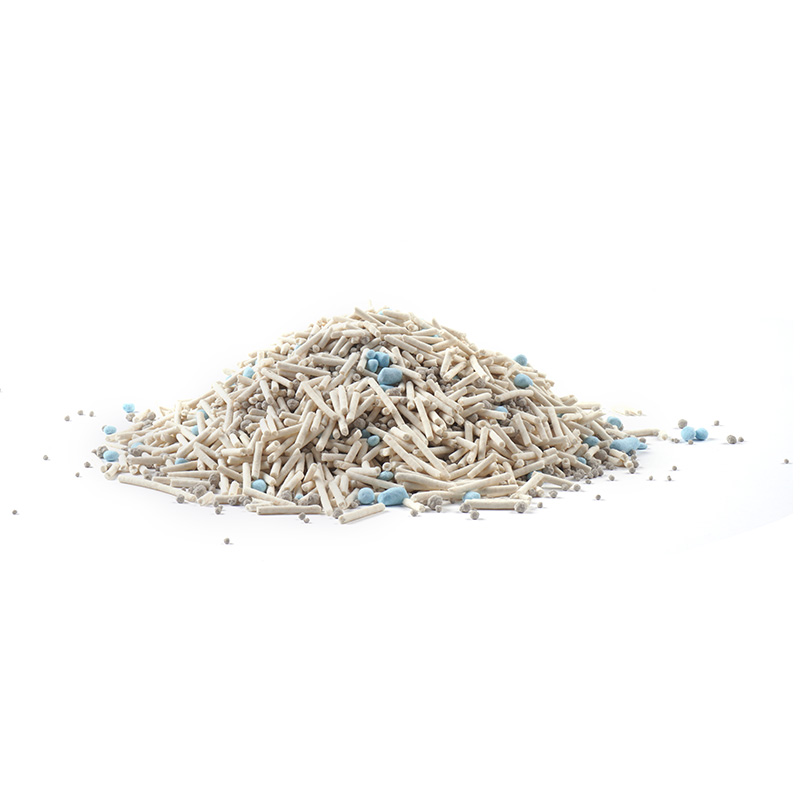
Some cats dislike certain textures or scents. If your cat avoids the litter box, try a different blend (e.g., softer textures for sensitive paws).
Multi-cat households or small spaces may require silica or charcoal-infused blends for stronger odor neutralization.
If you or your cat have respiratory sensitivities, opt for low-dust mixes (e.g., paper or wood-based).
Biodegradable blends (corn, wheat, pine) are ideal if sustainability is a priority.
Mixing premium and budget litters can balance cost and performance.
Mixed cat litter offers a practical solution for cat owners seeking a balance between performance, cost, and environmental impact. By understanding the different blends and how to use them effectively, you can create a cleaner, more comfortable litter box experience for both you and your feline companion.
Experiment with different combinations to find the perfect mix that suits your cat’s needs and your household’s requirements. With the right approach, mixed litter can be a game-changer in maintaining a fresh, low-maintenance litter box.
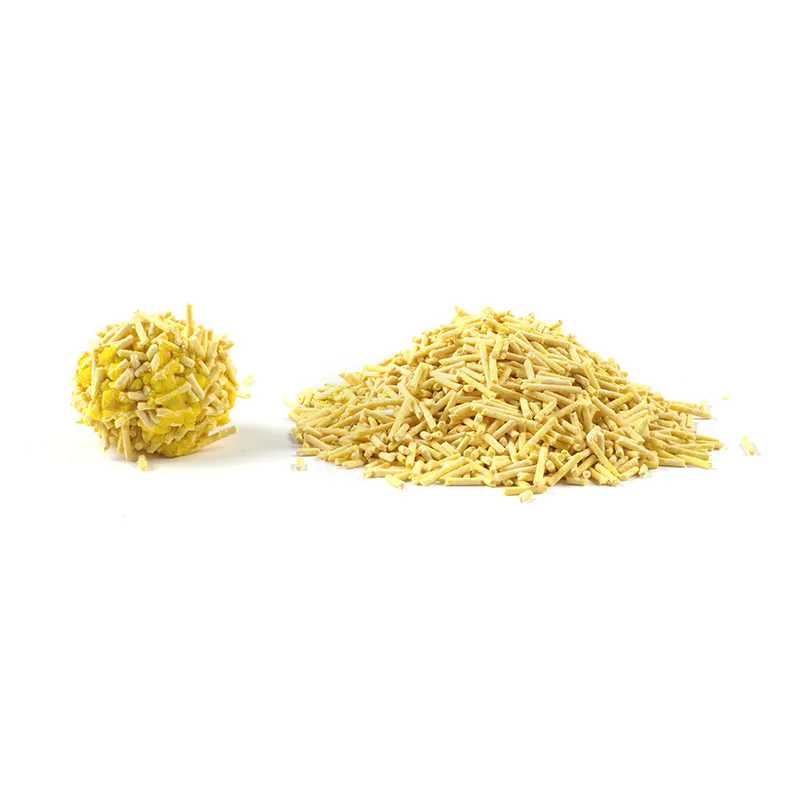
Tofu Cat Litter

Tofu Cat Litter
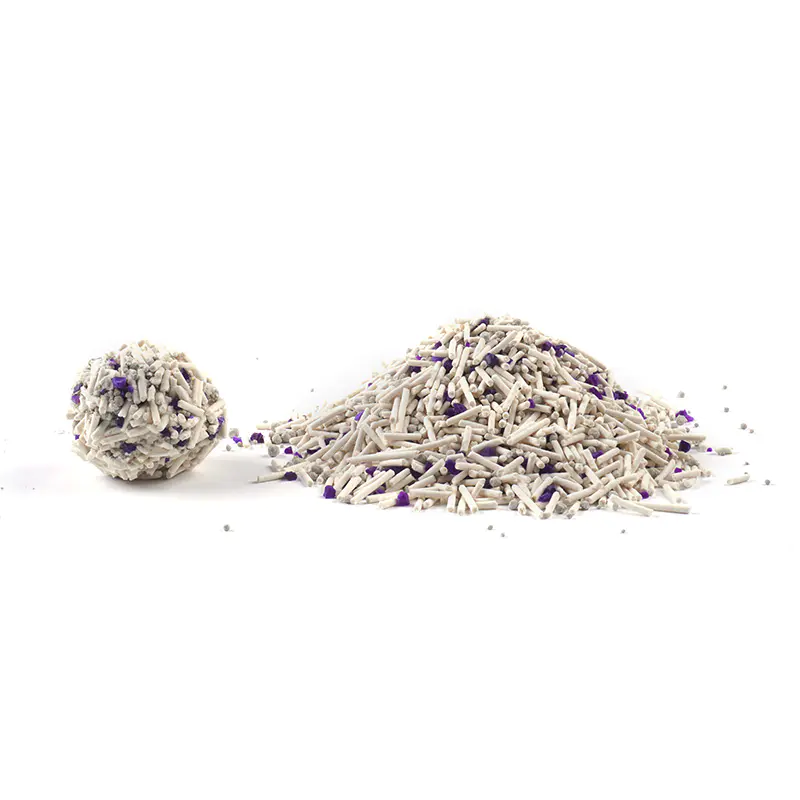
Mixed Cat Litter
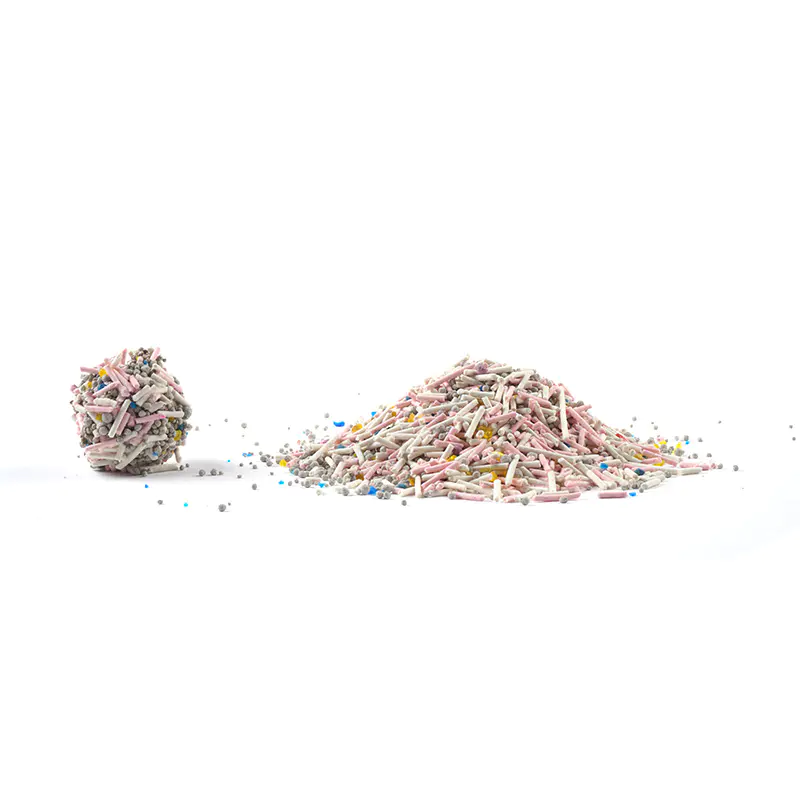
Mixed Cat Litter
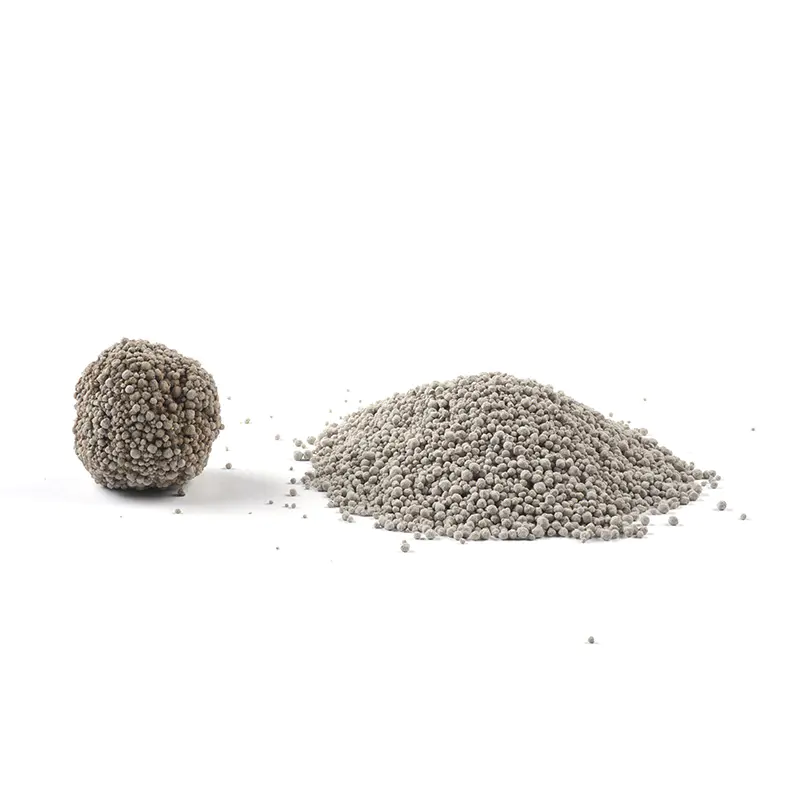
Bentonite Cat Litter


Got Questions? Call us 24/7

+8615263229311
No.88, Quandu Road, Xigang Town, Tengzhou City, Shandong, China. (Sincere Industrial Park)

OEM Cat Litter Manufacturers Bulk Cat Litter Wholesale Biodegradable Cat Litter Company
